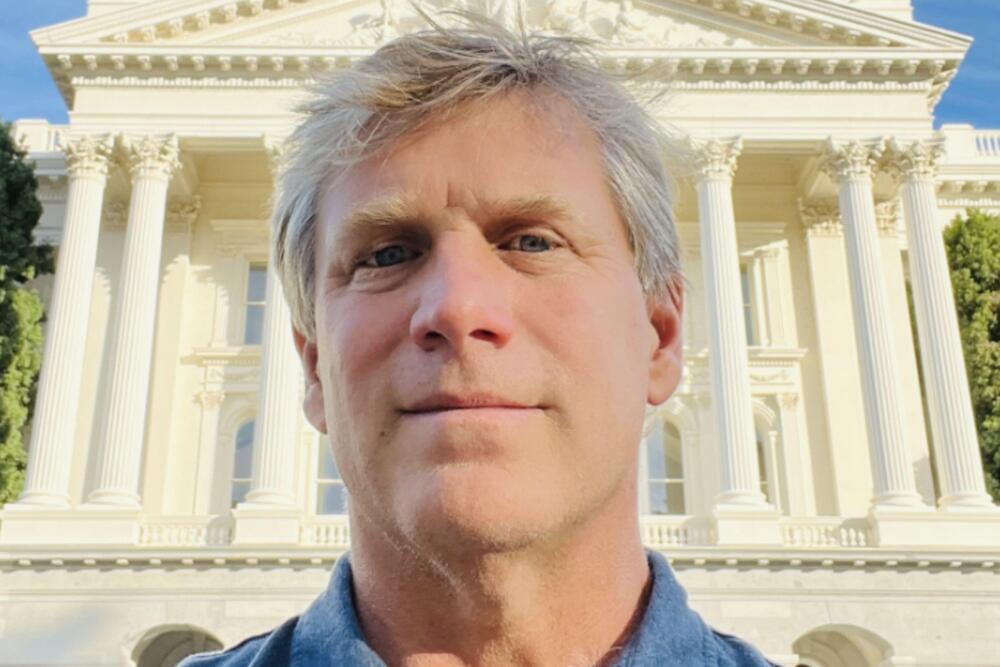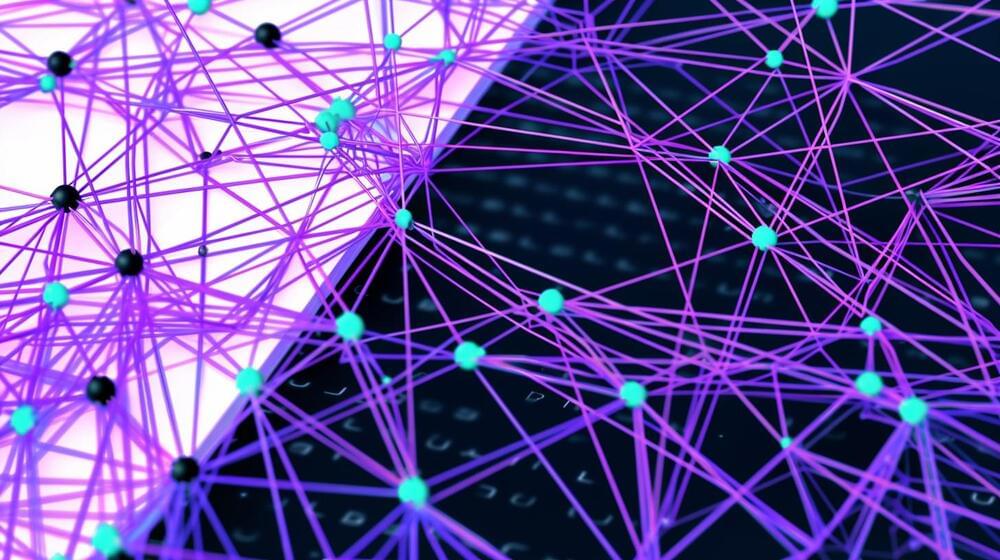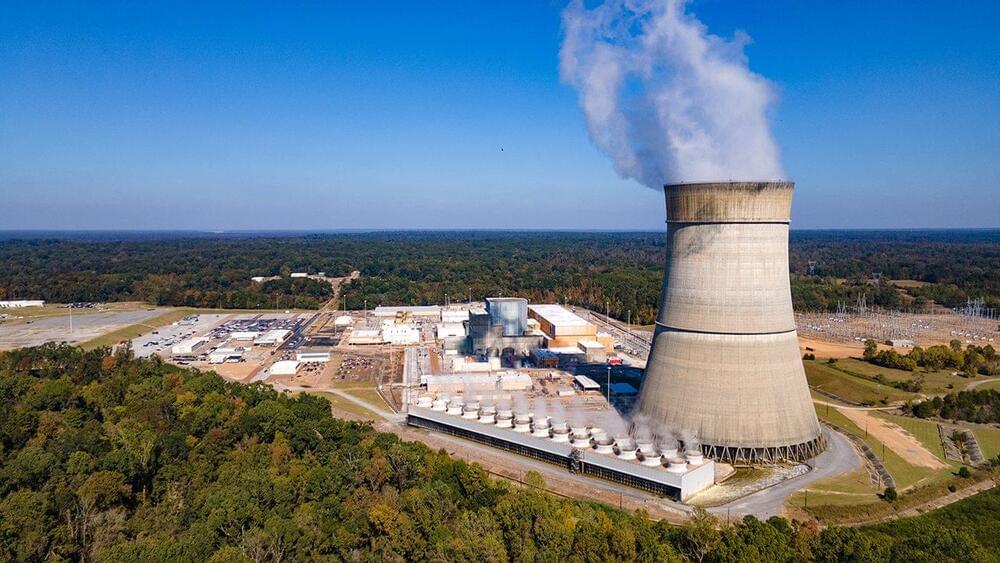AI training costs are growing exponentially year after year.
Category: robotics/AI – Page 601

China’s Laws of Robotics: Shanghai publishes first humanoid robot guidelines
Makers of humanoid robots should guarantee that their products “do not threaten human security” and “effectively safeguard human dignity”, according to a new set of guidelines published in Shanghai during the World Artificial Intelligence Conference (WAIC) on Saturday.
They should also take measures that include setting up risk warning procedures and emergency response systems, as well as give users training on the ethical and lawful use of these machines, according to the guidelines.

Impressive AI video generator KLING now available as web version
Kuaishou introduces a web version of its impressive AI video generator, Kling AI, based on an “improved model” with new features.
Chinese tech company Kuaishou has unveiled KLING, a new video generation model. Based on the demos, it could rival OpenAI’s Sora.
Kuaishou says KLING can make videos up to two minutes long at 1080p resolution and 30 frames per second. It can also model complex motion sequences that are physically accurate.
One video shows a two-minute train ride made with the prompt “Train ride with different landscapes seen through the window.” OpenAI announced its video model Sora in mid-February, with relatively consistent videos up to one minute long.

Meet the presidential hopeful who wants to end death
A new feature story out on book Transhuman Citizen:
A former presidential candidate who believes a dramatic increase in science funding can help humans achieve biological immortality has told Newsweek he is considering a third White House run in 2028.
Zoltan Istvan ran as an independent candidate during the 2016 presidential election when he attracted widespread media attention for driving a bus modified to look like a coffin from San Francisco to Washington D.C., to illustrate his believe that death can be overcome.
In 2019 he challenged Trump for the Republican presidential nomination using the campaign motto “Upgrading America,” in what he admitted was primarily a stunt to increase conservative interest in his ideas.
Istvan is part of the global transhumanist movement of people who want to use emerging technology such as artificial intelligence to radically enhance human capabilities. Many transhumanists believe humans will eventually achieve biological immortality, meaning people will no longer die from illness or old age, and could potentially have their minds uploaded to computers and live virtually.


OpenAI’s GPTBot gets blocked the most, but it’s not the hungriest AI crawler on the web
1/ Cloudflare analyzed the most active AI web crawlers on the Internet based on their query volume.
An analysis by Cloudflare shows that Bytespider, Amazonbot, and ClaudeBot are among the most active AI crawlers on the web.
Ad.
Over the past year, Cloudflare has analyzed which AI crawlers with known user agent strings have the highest request volume. Bytedance’s Bytespider crawler tops the list of most active AI web crawlers, followed by Amazonbot, ClaudeBot, and OpenAI’s GPTBot.
Ever put content on the web? Microsoft says that it’s okay for them to steal it because it’s ‘freeware.’
Microsoft’s CEO of AI said that content on the open web can be copied and used to create new content.
The Five Stages Of AI Grief
Grief-laden vitriol directed at AI fails to help us understand paths to better futures that are neither utopian nor dystopian, but open to radically weird possibilities.
Glaze — What is Glaze
Generative AI models have changed the way we create and consume content, particularly images and art. Diffusion models such as MidJourney and Stable Diffusion have been trained on large datasets of scraped images from online, many of which are copyrighted, private, or sensitive in subject matter. Many artists have discovered significant numbers of their art pieces in training data such as LAION-5B, without their knowledge, consent, credit or compensation.
To make it worse, many of these models are now used to copy individual artists, through a process called style mimicry. Home users can take art work from human artists, perform “fine-tuning” or LoRA on models like stable diffusion, and end up with a model that is capable of producing arbitrary images in the “style” of the target artist, when evoked with their name as a prompt. Popular independent artists find low quality facsimilies of their artwork online, often with their names still embedded in the metadata from model prompts.
Style mimicry produces a number of harmful outcomes that may not be obvious at first glance. For artists whose styles are intentionally copied, not only do they see loss in commissions and basic income, but low quality synthetic copies scattered online dilute their brand and reputation. Most importantly, artists associate their styles with their very identity. Seeing the artistic style they worked years to develop taken to create content without their consent or compensation is akin to identity theft. Finally, style mimicry and its impacts on successful artists have demoralized and disincentivized young aspiring artists. We have heard administrators at art schools and art teachers talking about plummeting student enrollment, and panicked parents concerned for the future of their aspiring artist children.

Inside The Secret Deals Between Tech Companies And Nuclear Power Plants
Tech companies, including Amazon Web Services, are striking deals with U.S. nuclear power plants to secure electricity for their data centers, driven by the skyrocketing demands of artificial intelligence. This move promises 24/7 carbon-free power but stirs controversy, as it could divert existing energy supplies, raise prices, and increase reliance on natural gas. These nuclear-powered data centers might accelerate the AI race, but they also spark debates over economic development, grid reliability, and climate goals. Could this be the future of tech or a risky gamble with unforeseen consequences?
As reported by WSJ, tech businesses searching the country for electrical supplies have focused on one important target: America’s nuclear power facilities.
The owners of about one-third of the United States’ nuclear power reactors are in negotiations with technology companies about providing electricity to new data centers needed to satisfy the needs of an artificial intelligence boom.